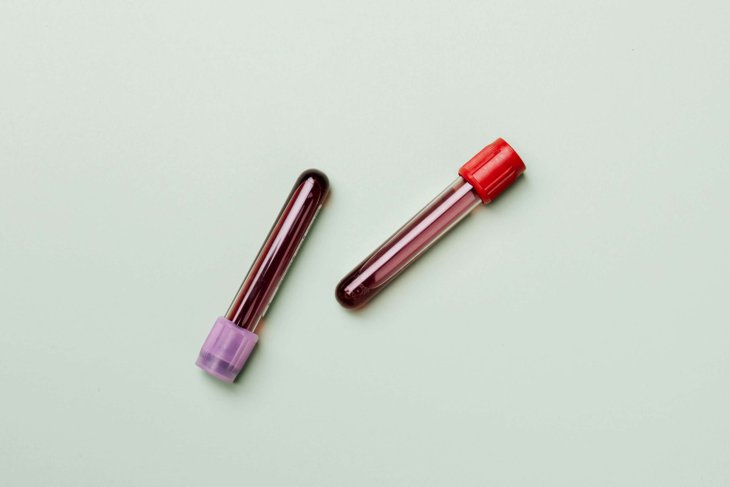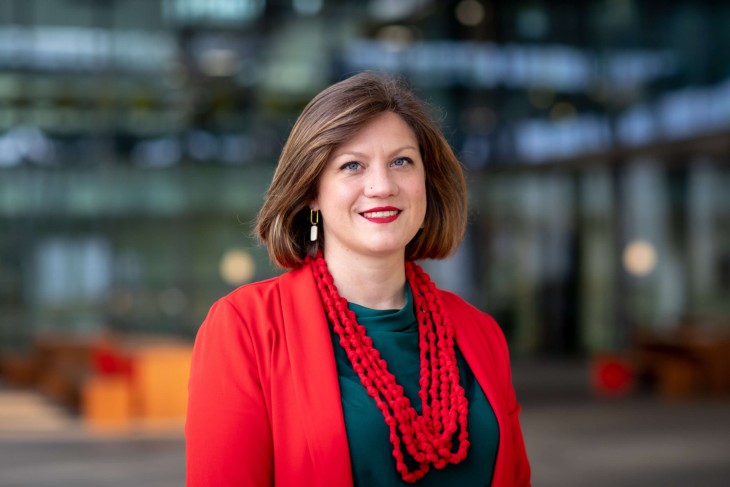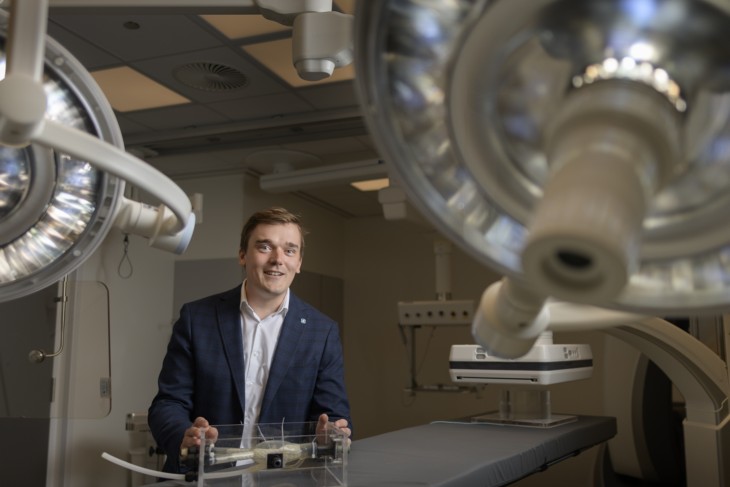At the heart of this process is the Blood Donor Service, a small-scale blood donation initiative at the University of Twente. The service supplies blood samples to research projects across the university, from studies on blood clotting to the development of new medical sensors. Without these samples, many studies wouldn’t get past the first step.
Using real blood to improve dialysis
Marc Torrents Yeste, a researcher in the Advanced Organ bioengineering and Therapeutics (AOT) group, is one of the people who work with those samples. He studies how blood interacts with dialysis membranes, the filters used to clean the blood of kidney failure patients. These membranes must be compatible with real human blood to function safely and effectively.
“We can test the membranes with other fluids like plasma, but that gives a cleaner picture than what you’d see in real life,” he explains. “With plasma, everything is much easier. Blood shows you the real trouble.” Plasma is the yellowish liquid part of blood without the cells. It's easy to work with, but it hides the messy challenges researchers need to solve, like fibres getting blocked or reactions that cause the membrane to fail. That’s why Torrents Yeste relies on real donations from TechMed’s donor service.
His colleagues and him are working on more efficient dialysis membranes, portable dialysis systems, ones that don’t wear out as quickly and don’t trigger harmful reactions. Every drop of blood helps them design better materials and understand how small design changes can make a big difference.
A quick donation
Kirsten Pondman, who helps run the service, is the one you'll likely meet if you come in to donate. “I do some essential checks, draw the blood and bring it to the service desk. That’s it,” she says. Pondman is an assistant professor studying the role of immune cells in cancer spread. The donor service is something she fits in alongside other projects. “It’s just a small part of what I do, but it’s important. Without these samples, many studies, including mine, can’t even begin.”
The donation process is simple. Participants (employees and students of the UT) sign up to be part of a donor pool. When a research project requires blood from healthy volunteers, these donors receive an invitation. The donation itself takes just 15 minutes and is done in the simulation centre in the Technohal. The amount is modest: a few tubes per draw. A maximum of 125 millilitres per quarter, with a yearly cap of 250 millilitres.
Free cookies
Once every few months, Henk-Willem Veltkamp stops by the TechMed Centre during the coffee break. “A quick stop, a few questions, and a sweet treat. All before 10 a.m.” He’s been donating blood for research for over ten years now, but can barely remember when he started. He sees it as an easy way to help science move forward.
Even though he rarely sees what happens after his blood leaves the needle, he’s fascinated by the idea that it ends up in research labs across campus. He’s kept all project summaries describing how his blood was used to test artificial kidneys, dialysis membranes, or even mixed with tumour cells for cancer research. “It’s good for science,” he tells colleagues. “And you get free annual checks on HIV, Hepatitis B and C, and cookies.”
Fuelling medical research
Not every sample leads to a breakthrough, and that’s not the point. Most of the research is experimental. But to the researchers involved, access to real human samples makes all the difference. For donors, it’s a small, low-effort way to contribute to the science happening around them.
Participation is entirely voluntary, and there’s no compensation (besides the cookies). “People do it because they’re curious, or because they want to help in some small way,” says Pondman. “Sometimes they’re researchers themselves. They understand how much effort goes into setting up an experiment. Having access to fresh blood makes it all a bit more manageable.”




